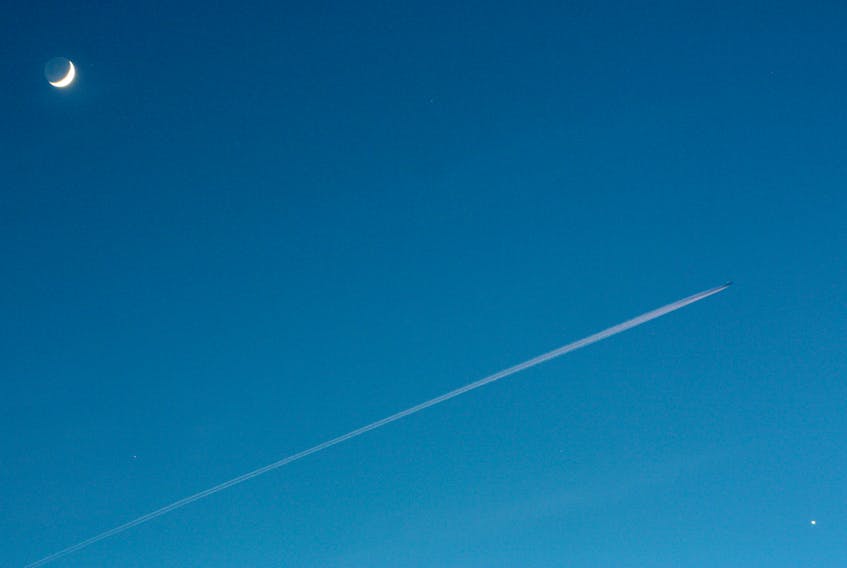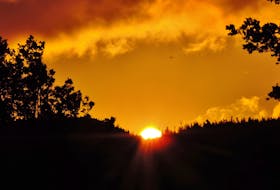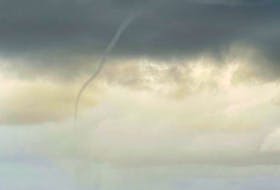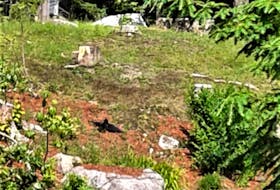Last week, I told you about Venus and the crescent moon.
Judging by the number of photos and comments I’ve received, I think many of you saw them in the evening sky.
One photo submitted by Michael Boschat caught my eye: Venus was dazzling but the moon was showing off. Not only is the crescent perfect, but if you look closely you can see the unlit portion of the moon, known as earthshine.
Earthshine occurs when sunlight reflects off the Earth’s surface and illuminates the unlit portion of the moon. Since the light that generates earthshine is reflected twice, once off the Earth’s surface and then off the moon’s surface, it’s much dimmer than the lit portion of the moon.
is also known as the “da Vinci glow.” Leonardo da Vinci was the first in recorded history to explain the phenomenon.
Earthshine is most apparent one to five days before and after a new moon. . The best time of the day to see it is just after sunset or before sunrise.
Read more Weather University columns.
Have a weather question, photo or drawing to share with Cindy Day? Email [email protected]
Cindy Day is the chief meteorologist for SaltWire Network.









